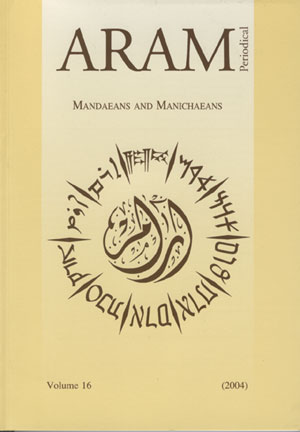next article in this issue  |

|
Document Details : Title: What is Aramaic? Author(s): HUEHNERGARD, John Journal: ARAM Periodical Volume: 7 Issue: 2 Date: 1995 Pages: 261-282 DOI: 10.2143/ARAM.7.2.2002231 Abstract : A comparison of the various forms of pre-modern Aramaic shows, not surprisingly, a large number of common features. To be sure, there are a great many details that distinguish, for example, classical Syriac from Galilean Jewish Aramaic, but they also clearly share a basic structure and many details of phonology, morphology, syntax, and lexicon. Familiar features exhibited by all pre-modern Aramaic dialects include, inter alia, the following: (1) a common, relatively small, set of consonantal phonemes (usually 22 in number), which usually includes a subset of stops that become spirantized after vowels; (2) a relatively simple vowel system, but a marked propensity for reducing or syncopating unstressed vowels in open syllables; (3) a system of triconsonantal roots into which and around which vocalic and other morphemes are affixed to produce verbal and nominal forms; (4) two or three basic verbal inflexions, one with suffixed personal markers for the past, one with both prefixed and suffixed personal markers for the future or for modal expressions, and a participial inflexion; (5) a set of compound tenses involving the verb ‘to be’; (6) a noun paradigm consisting of three states, one formally unmarked, one marked as bound to a following noun (the construct), and one marked with a final long -ā; (7) a set, or sets, of pronominal suffixes that are attached to nouns and prepositions to indicate possession and to verbs to indicate objects; (8) a large common vocabulary. Of course, this list could easily be expanded. |
|
